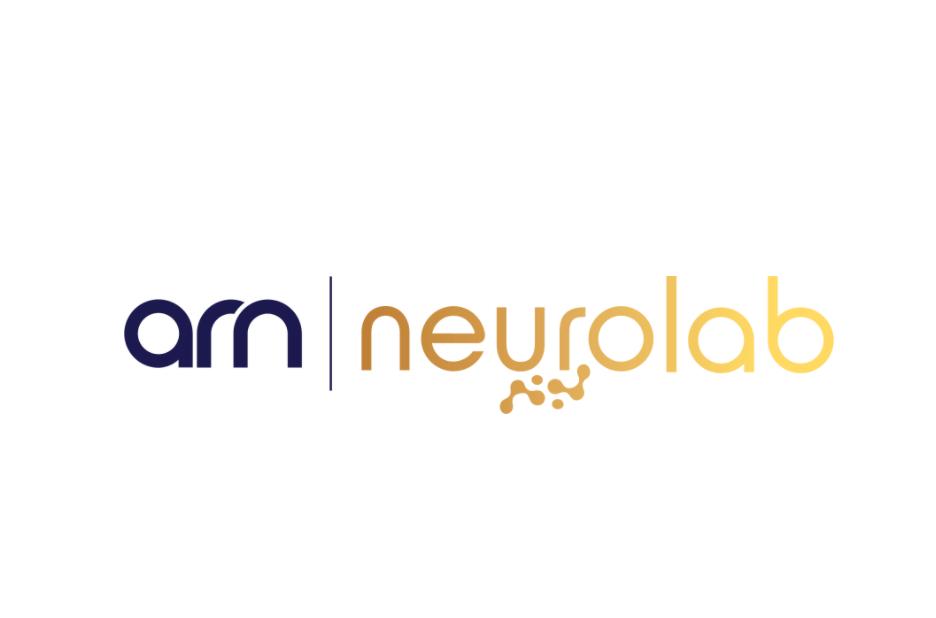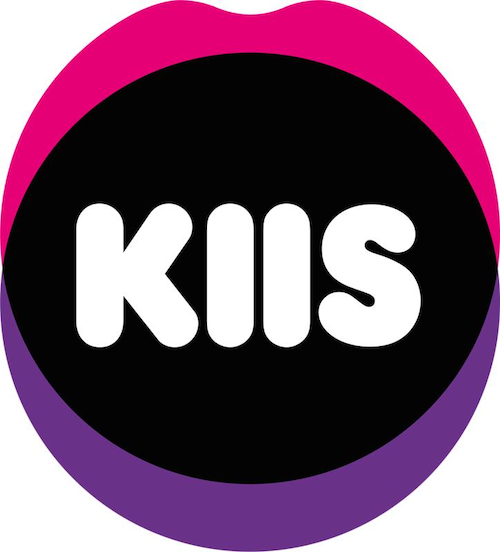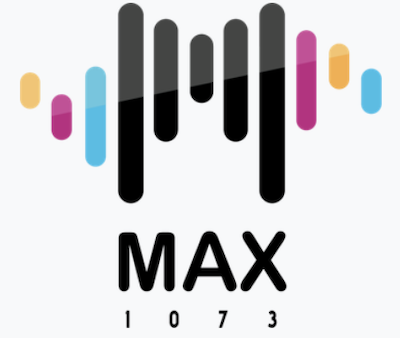ARN launches audio research hub, Neuro Lab

Australian Radio Network (ARN) has launched ARN Neuro Lab – an offering it is dubbing “the first in-house media research initiative of its kind in Australia”.
The ARN Neuro Lab will be led by research and neuroscience specialist Dr Shannon Bosshard and ARN’s director of research and insights Justin Stone. It will focus on conducting studies and presenting findings to deliver practical ways for commercial partners to maximise impact and connection using audio.Its aim is to get a better understanding of consumer behaviour and provide new insights about the power of audio to inform better content creation, audience connection and commercial investment.
The ARN Neuro Lab can be accessed by clients to evaluate and optimise creative impact across radio, music and podcasts. Clients will be able to better plan audio that maximises multimedia effect, understand brand salience in their category, and how audio advertising can influence it, ARN said.
The first study, Sound You Can See, was conducted across 2020 to explore how audio can influence consumer engagement, mood and attitude towards brands.
According to the ARN Neuro Lab, the study showed audio builds strong connections between audiences and brands, and hearing an advertisement across two audio formats (such as radio and podcasts) generated a 200% uplift in attention and 134% uplift in memory for the content. Audio was also shown to enhance the effectiveness of other media and can increase memory for out-of-home and TV messages by an average of 35%.
ARN’s CEO Ciaran Davis said the launch of the ARN Neuro Lab reinforces the company’s ambition to be the leaders in defining audio.
“It’s the first in-house media facility of its type in Australia and demonstrates our commitment to helping our commercial partners maximise the impact of their investment in audio while arming ARN with a better understanding for how radio, music and podcasts can be used together to meet the audio needs of all Australians,” he said.
Stone said the ARN Neuro Lab will be a powerful resource for the company’s commercial and content teams alike.
“We are aiming to give clients a greater depth of customer insight and help to evaluate, then optimise, the content they use to connect with audiences. Combined with our existing qualitative and quantitative methodologies the work we do through the Neuro Lab will give ARN and its clients a significant advantage by delivering an unparalleled understanding of how audio can achieve the results we desire,” he said.
Dr Bosshard said the launch was a career highlight.
“To be able to take my academic interests and put them into action, within an applied setting, is incredibly rewarding. Much of the work we plan to roll out this year will be global-firsts, and will help ARN be at the forefront of audio excellence. The results we’ve seen from our first few projects are encouraging and will further reinforce the power of audio as a means for human connection,” she said.
The ARN Neuro Lab will publish findings of the Sound You Can See study and additional research papers next year.




You have no idea how envious I am of the surname ‘Bosshard’.
It is a very interesting concept to apply consumer neuro-psychology to branding. There is a hint in the techniques applying consumer neuro-psychology to branding in a paper co-authored by Dr Brosshard at https://www.researchgate.net/publication/333054230_Can_Evaluative_Conditioning_Change_Well-Established_Attitudes_Towards_Popular_Brands_Your_Brain_Says_Yes_Even_Though_Your_Mouth_Says_No (copy from https: to _No” and paste in browser).
In short, the paper discusses responses to brand recognition associated with the brain’s electrical activity. Statistical techniques such as linear regression and analysis of variance (ANOVA) measure the statistical significance of stimulus (the brand).
I could presume that such studies could well be extended to measuring responses in the brain using MRI. That’s speculation. It would also be speculative whether such studies can be conducted in real time at home or work or on the way to work for example whether the subject (listener) likes or dislikes a song, or whether the subject remains tuned to a particular station.
Such research would require recruitment of subjects for such studies. It may well be very expensive.
But then if the results of these studies are statistically significant, it may well be for the ARN’s competitive advantage.
In the conclusions section it mentions that shock advertising “shock advertising can have positive effects on attention, memory, and behaviour” (2nd last paragraph of article). Remarkably “…businesses may benefit from not rely (sic) on a single ad campaign for extended periods, but instead change campaign and consider focusing on different mediums by which to present their brands….” (last paragraph). I wonder if the advertisers of “The Blind Factory” who constantly advertise on 2GB know about this. Those “Blind Factory” ads do crack me and there are variations of the advertisements during the campaign.
Thank you,
Anthony of exciting Belfield
Hi Anthony,
Thank you for taking the time to read my research paper. You are correct that similar questions could be answered using MRI. In fact, one of the drivers of this field of research was conducted using fMRI and assessed people’s preferences of Coke and Pepsi (The famous Coke vs. Pepsi Study – 2004 – https://www.sciencedirect.com/science/article/pii/S0896627304006129). The main issue though, is the high costs involved in running this type of research. It’s far more manageable and cost efficient to run an EEG study.
As for your second comment regarding the ability to test outside of the lab, again, you are spot on. In fact, HT&E ran a piece of research in 2018 which assessed people’s receptivity to outdoor advertising (using EEG) after having been primed with brand information via the radio. As technology improves, it makes moving outside of the lab far easier.
And as for your final comment regarding the repetitiveness of advertising and a potential decline in ad performance, this is a question that requires additional research. “Ad wearout” is a commonly known issue, but the specific circumstances for this to occur are far less understood. The coming years will hopefully see neuroscience shed more light on this.
Dr. Shannon Bosshard
Nice!! You’ve done so well with this Shannon. And I’m still really proud of the audio vs audio visual insight with the “Martin Luther King” video that I did – it’s still being showcased on the ARN website! You’ve done well SB!
https://arn.com.au/neurolab/